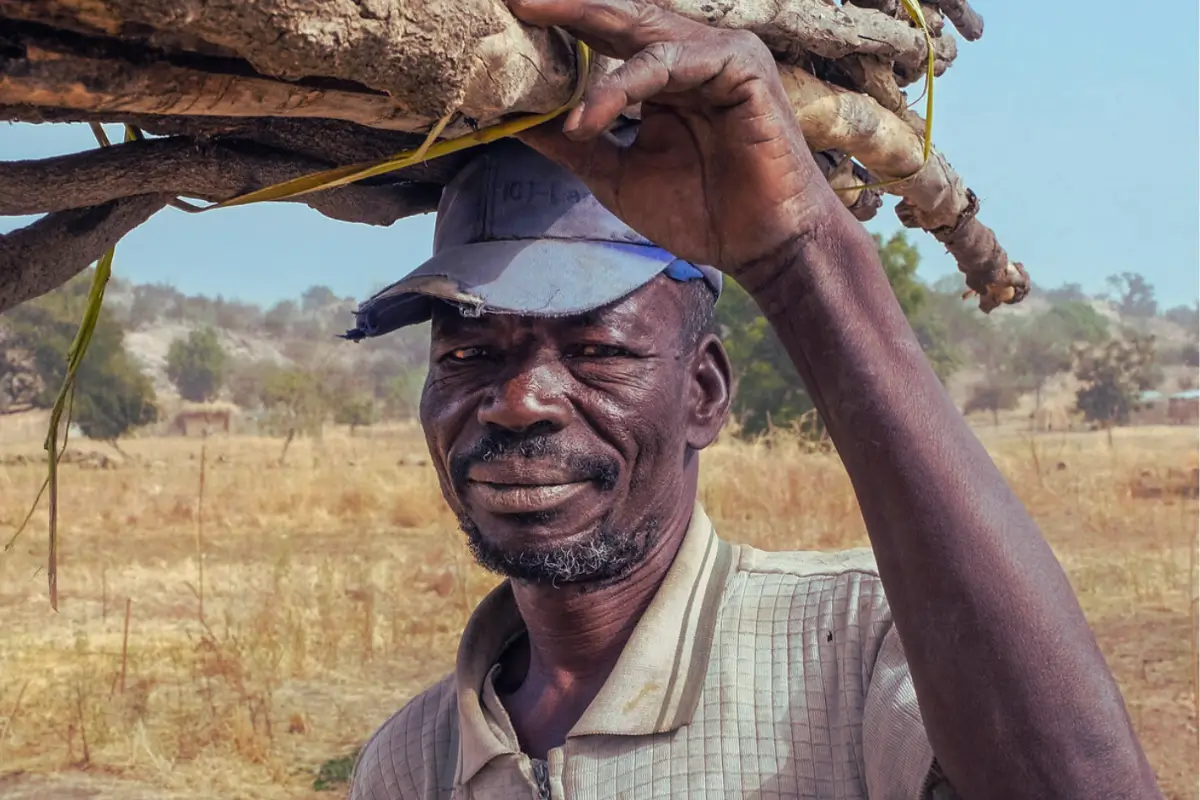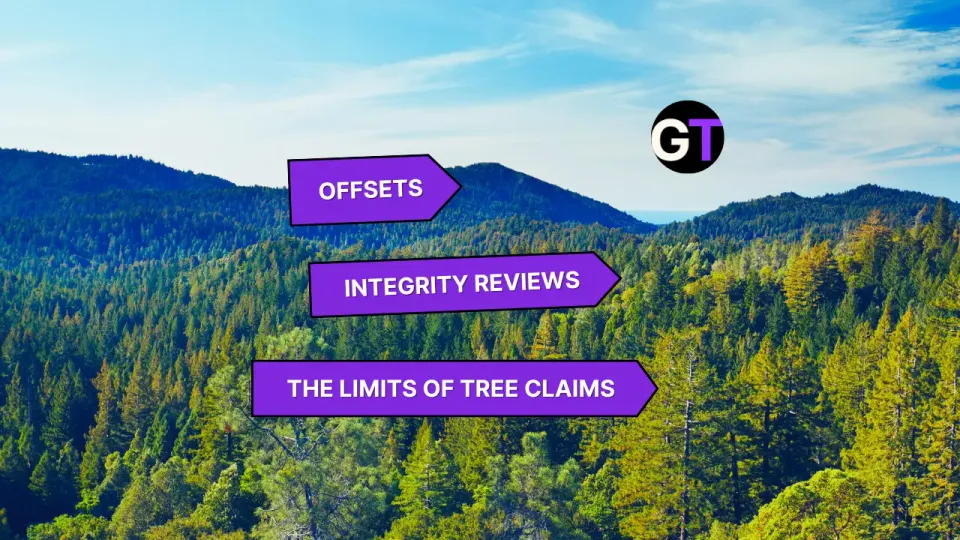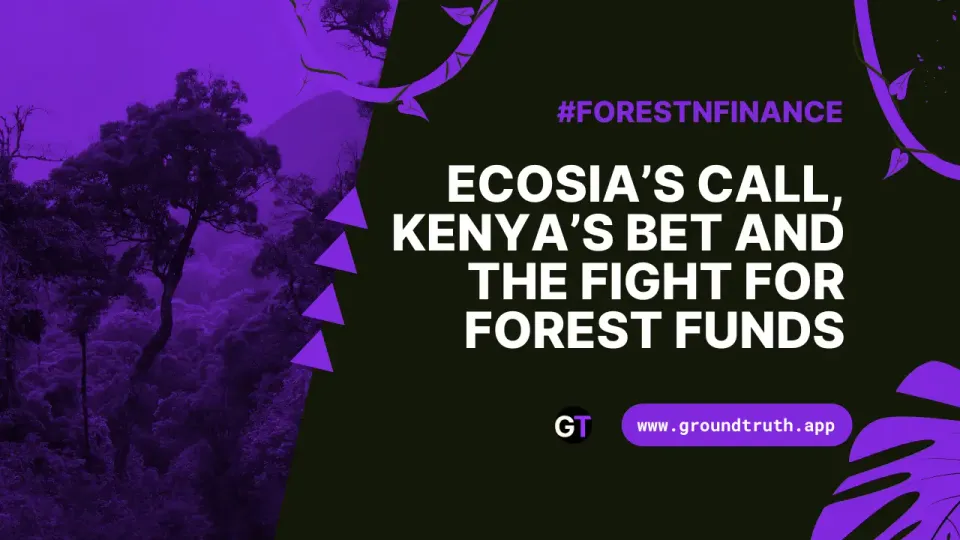Agroecology: Blueprint for Resilient Farming in Ghana
"With the right support, these methods could generate ecological and economic rewards far beyond Ghana.”

This article by Caleb Ahinakwah originally appeared in Mongabay.
- Erratic rainfall and rising temperatures have hit farmers in Ghana’s semiarid Upper East region hard in recent years
- Planting rows of trees and allowing goats and sheep to graze their fields is helping retain soil moisture and fertility, while encouraging birds and bats to return, helping to control pests.
- The trees and small livestock also provide additional sources of income for farmers.
- These agroecological practices of alley cropping and mixed farming can be adapted to other drought-prone regions across Africa, proponents say.
Farmers in Ghana’s Upper East region traditionally decided when to plant and harvest their crops in rhythm with regular rainfall cycles. But the rains now come at increasingly odd times, farmland is turning into desert, and farmers have been forced to endure temperatures high enough to melt tarmac.
Amid these impacts, agroforestry is offering a glimmer of hope: by integrating trees, crops and livestock on their fields, farmers are finding ways to restore their land and secure livelihoods.
Climate change is increasingly visible in the Upper East, a savanna landscape in northern Ghana that usually experiences five months of rain between July and August, tapering off by October.
Isaac Papanko grows millet near the small town of Bongo. “When I was a child, the rains came when they were supposed to, and the land could hold water. Now, the soil cracks under the sun, and crops wither before they can even grow,” he told Mongabay by phone.
His story is reiterated by many others, highlighting the uncertainty that’s replacing once reliable cycles. In the fields that spread beyond the mud-walled compounds of Bolgatanga, the regional capital, Ibrahim Tuzee acknowledged the ways that residents have exacerbated the impacts of changing weather. Like many others, his family supplements its harvest of millet, sorghum and maize with income from selling firewood. “We cut trees down to make space for farming, but we didn’t know it would bring this kind of hardship. The winds are harsher without the trees, and the soil gets blown away,” he said.

Evidence of a changing climate
A decade ago, data analysis already showed rising average temperatures and declining rainfall. The Ghana Environmental Protection Agency projects that rainfall will decline by anywhere between 2.8% and an alarming 10.9% by 2050 (though other models dispute this).
“The rains used to come in March and continue until September. Now, we are anxious every season, wondering when and if the rains will come,” said Saeed Jafar, a soybean and groundnut farmer in Builsa a semiarid farming district in the Upper East. “When they do, they either wash away everything or leave us in long dry spells.”
A decade ago, data analysis already showed rising average temperatures and declining rainfall. The Ghana Environmental Protection Agency projects that rainfall will decline by anywhere between 2.8% and an alarming 10.9% by 2050 (though other models dispute this).
Alley cropping in practice: Healing the land
As climatic conditions worsen, farmers in the region are turning to agroforestry techniques. One approach that has taken root, literally, in the Builsa area is alley cropping, which integrates trees with traditional farming practices. Tree Aid, an international nonprofit that works on forest and land restoration projects in Ghana and elsewhere, introduced this technique to farmers in the region in 2014. Farmers have planted rows of trees such as shea, baobab and moringa 12 meters (39 feet) apart, and continued to grow crops like millet, cowpeas and groundnuts beneath them.
Yakubu Issah began planting baobab and shea trees on his farm five years ago. “At first, it seemed like extra work with little reward. But now, our millet grows healthier, the soil holds water longer, and we even earn extra income by selling baobab leaves,” he said.
He added that bees have returned, along with birds and squirrels: “The farm feels alive again.”
Another Builsa farmer, Mark Smith, said the soil on his millet farm used to feel like dust. “Now it’s nothing like that. It retains water much better. Our plants are stronger, and when we sell the baobab leaves, they also give us extra income,” he said.
The trees in an alleycropping system reduce erosion and provide shade, cooling the soil and reducing moisture loss. Their fallen leaves enrich the soil, creating natural fertilizer and reducing dependence on synthetic inputs.
“Agroforestry not only restores soil fertility but also improves water retention, provides shade, and attracts pollinators,” said Irene Egyir, an agricultural economist at the University of Ghana. “It’s a sustainable solution to combat the degeneration of soils.”

Mixed farming: Creating balanced ecosystems
In addition to alley cropping, mixed farming — combining crop cultivation with livestock husbandry — is gaining popularity in the region. Livestock graze on crop residues, reducing waste and returning nutrients to the soil through their manure. Mixedfarming systems attract soil-enriching organisms like earthworms and beetles. Birds and bats help control pests, while pollinators thrive in the diverse environment. This integration not only improves soil health but also creates a resilient ecosystem better able to withstand climatic shocks.
Joseph Abarike, a farmer in the Kumbosco area of Bolgatanga, described the benefits: “With animals, we’re not just farmers; we’re also herders. The goats give us milk and manure, and when crops fail, we can sell a sheep or two.”
Many communities have also adopted collective livestock management practices. “We take turns grazing the animals in different fields,” Hasana Yakubu, a widow who relies on mixed farming, said by phone. “It’s a cooperative system that helps us all.”
A model for climate resilience
Alley cropping and mixed farming offer a blueprint for resilience. These integrated approaches allow farmers to rebuild degraded soils, support biodiversity and stabilize incomes, even as they face the challenges of a changing climate.
As the trees mature, they provide new income from products like baobab leaves, shea nuts and moringa powder. Livestock sales offer financial security during crop failures. Farmers also report significant cost savings from reduced reliance on synthetic fertilizers.
Egyir emphasized the scalability of these practices: “Alley cropping and mixed farming can be adapted to drought-prone regions across Africa. With the right support, these methods could generate ecological and economic rewards far beyond Ghana.”
Citation:
Issahaku, A., Campion, B. B., & Edziyie, R. (2016). Rainfall and temperature changes and variability in the Upper East region of Ghana. Earth and Space Science, 3(8), 284-294. doi:10.1002/2016ea000161
License
Ahinakwah, Caleb. "Agroecology offers blueprint for resilient farming in northern Ghana." Mongabay, 5 Dec. 2024. Republished under a Creative Commons 4.0 license (CC BY-ND-4.0).




